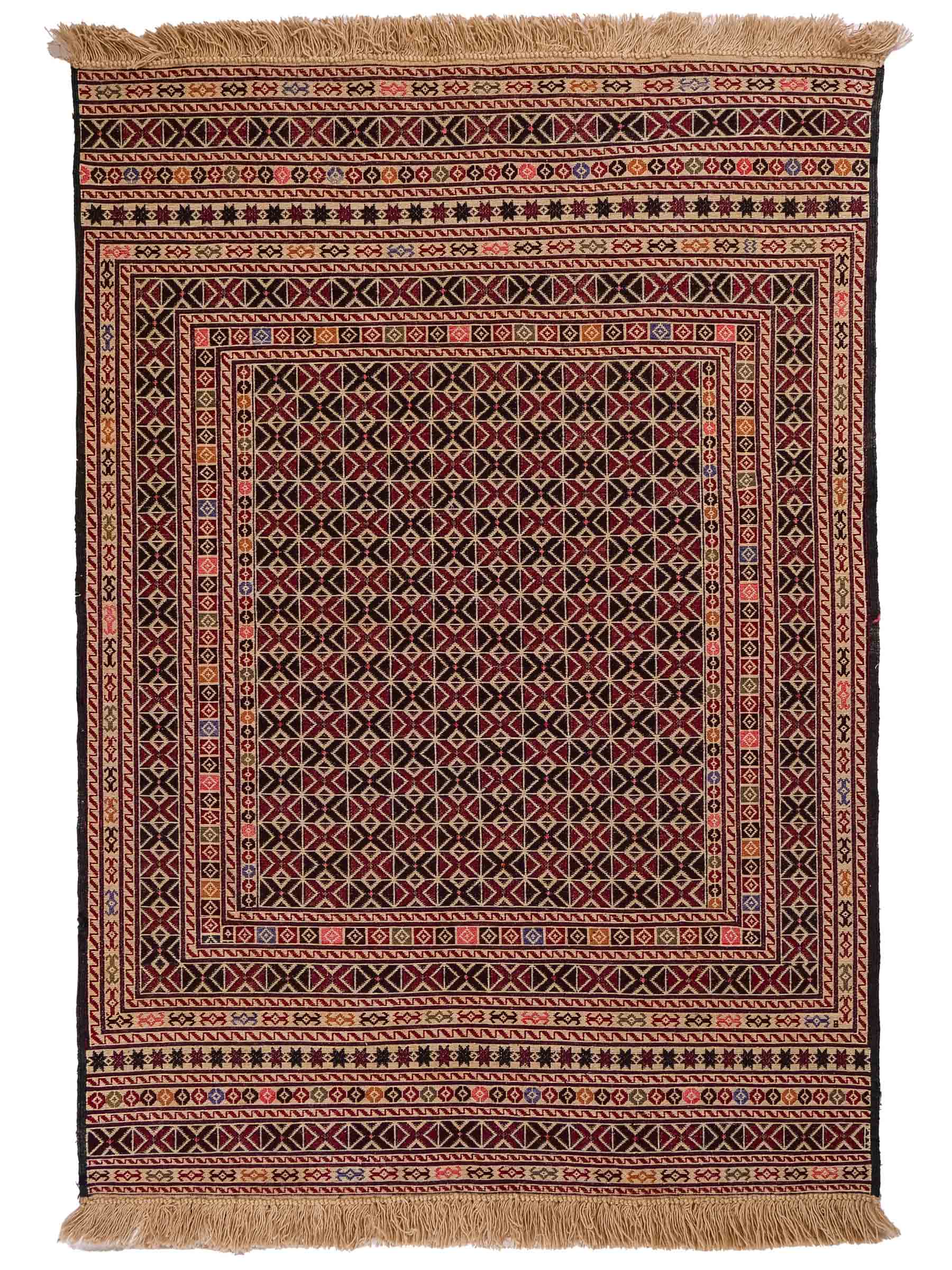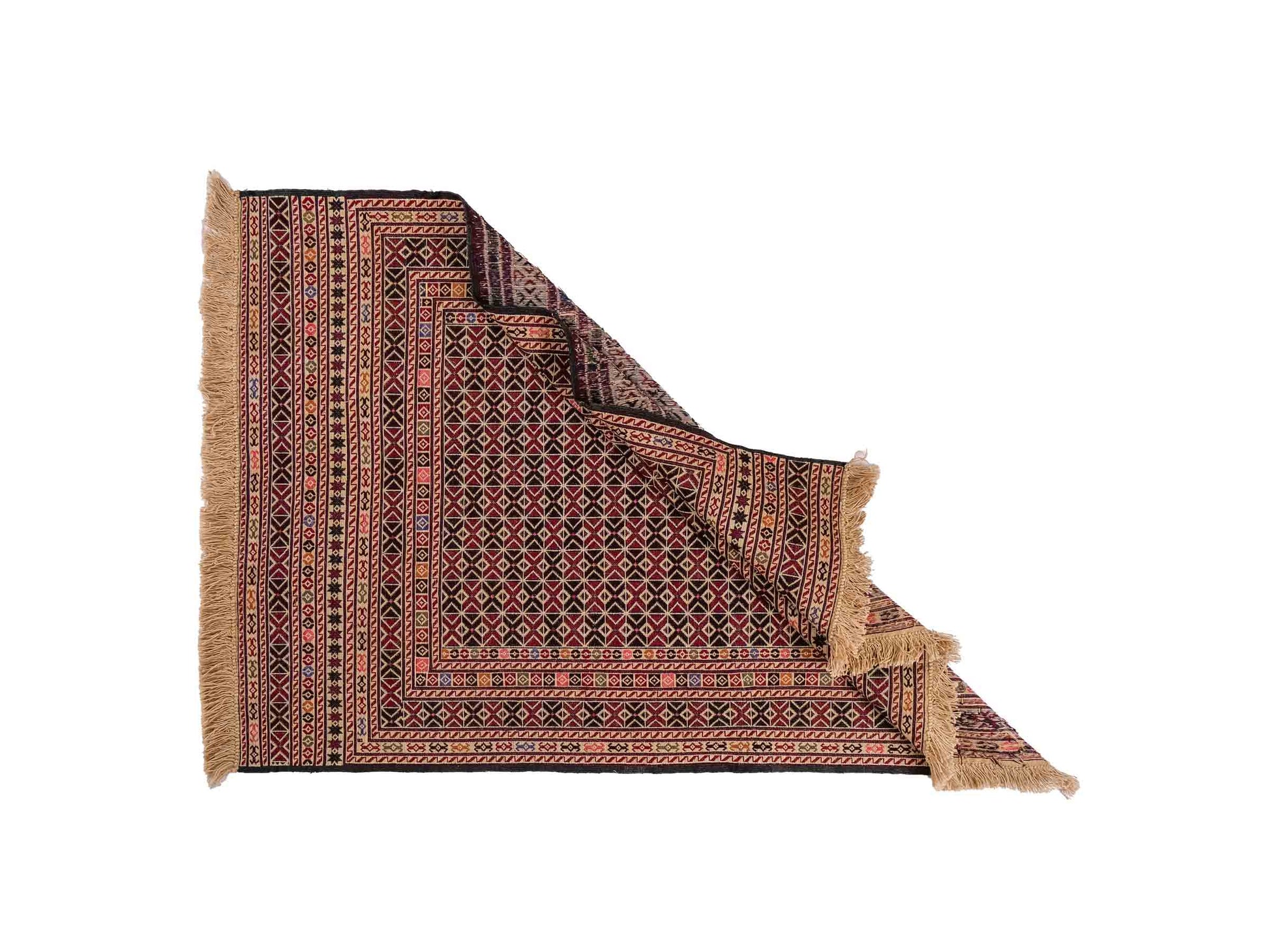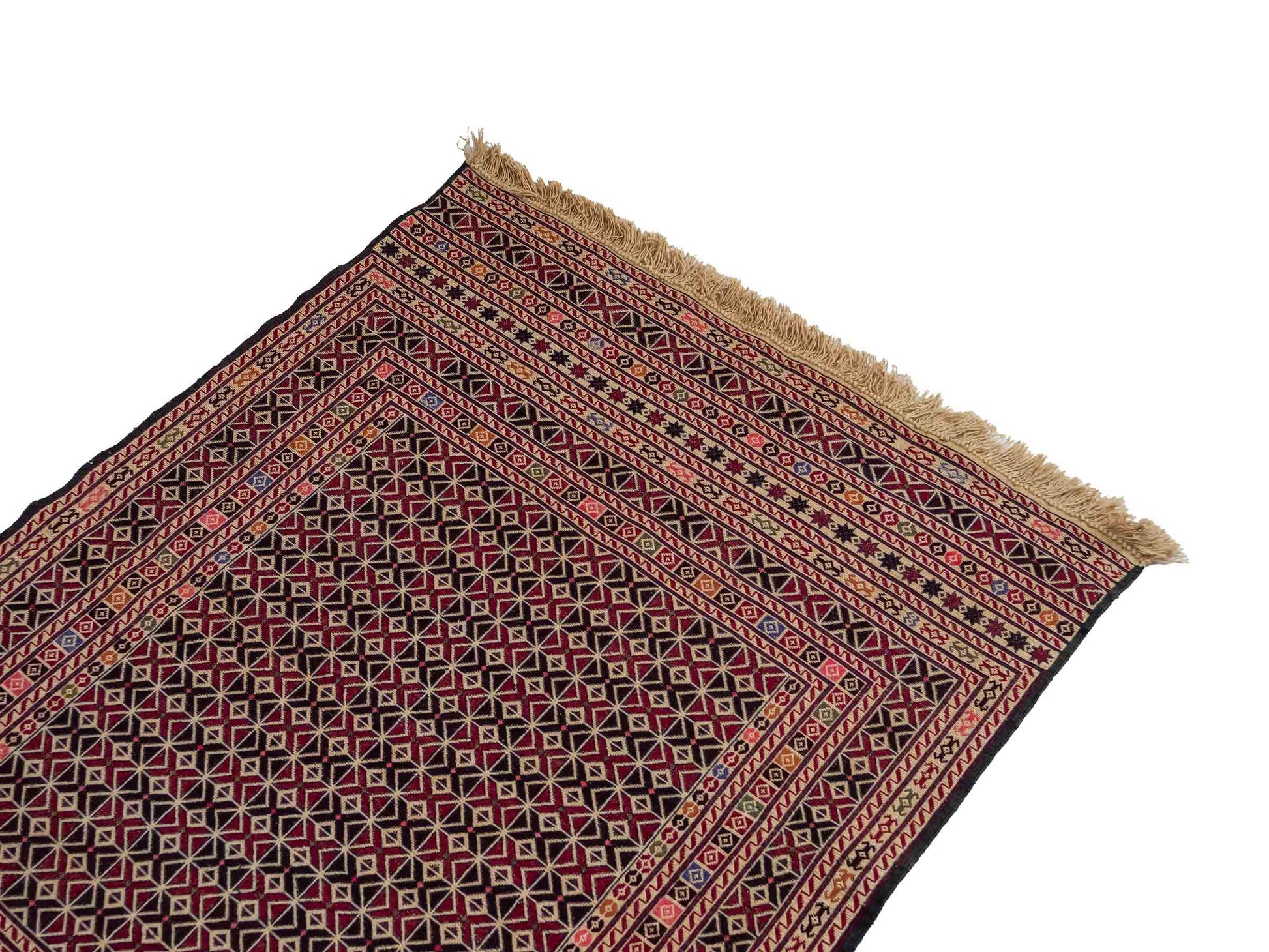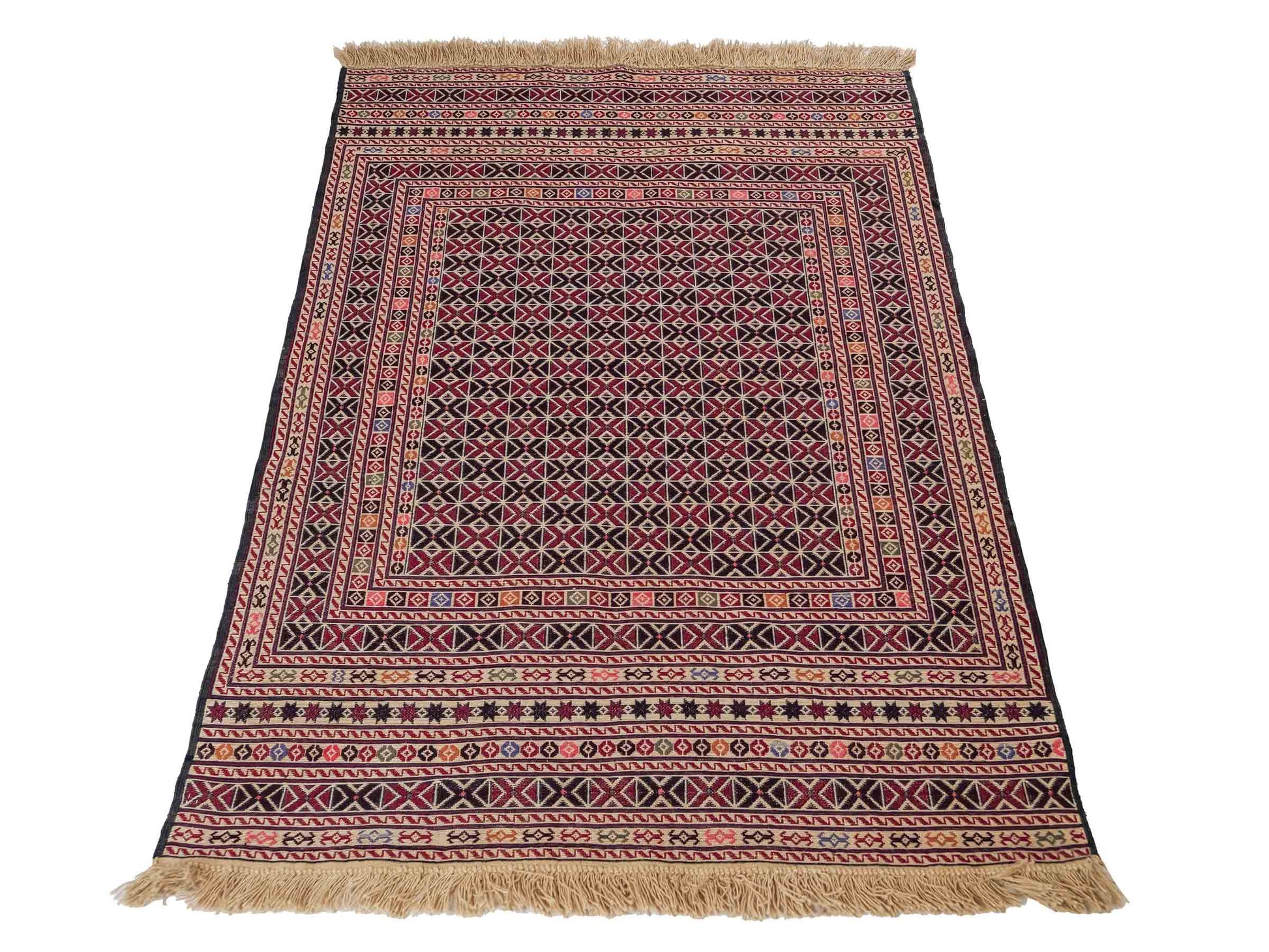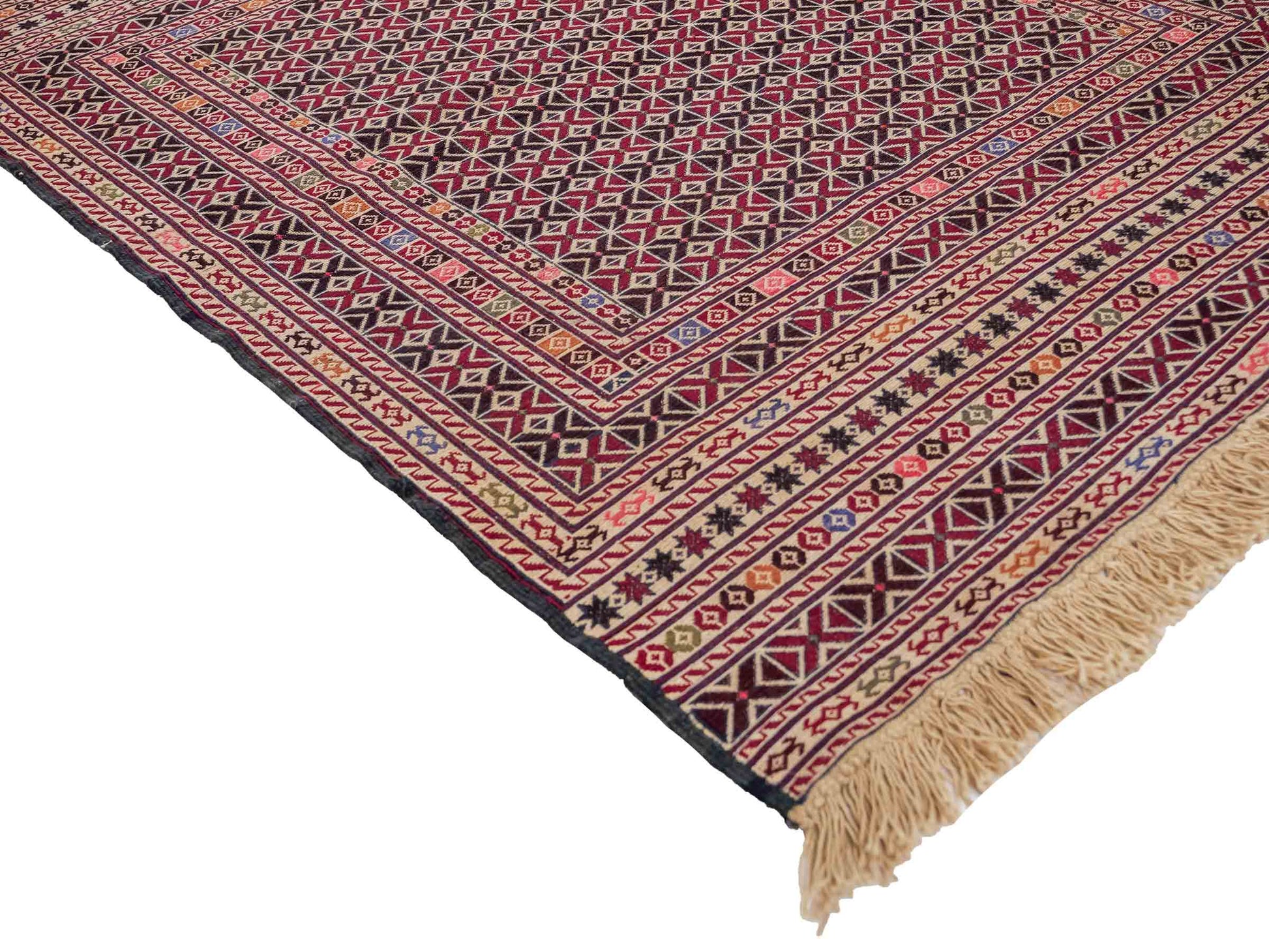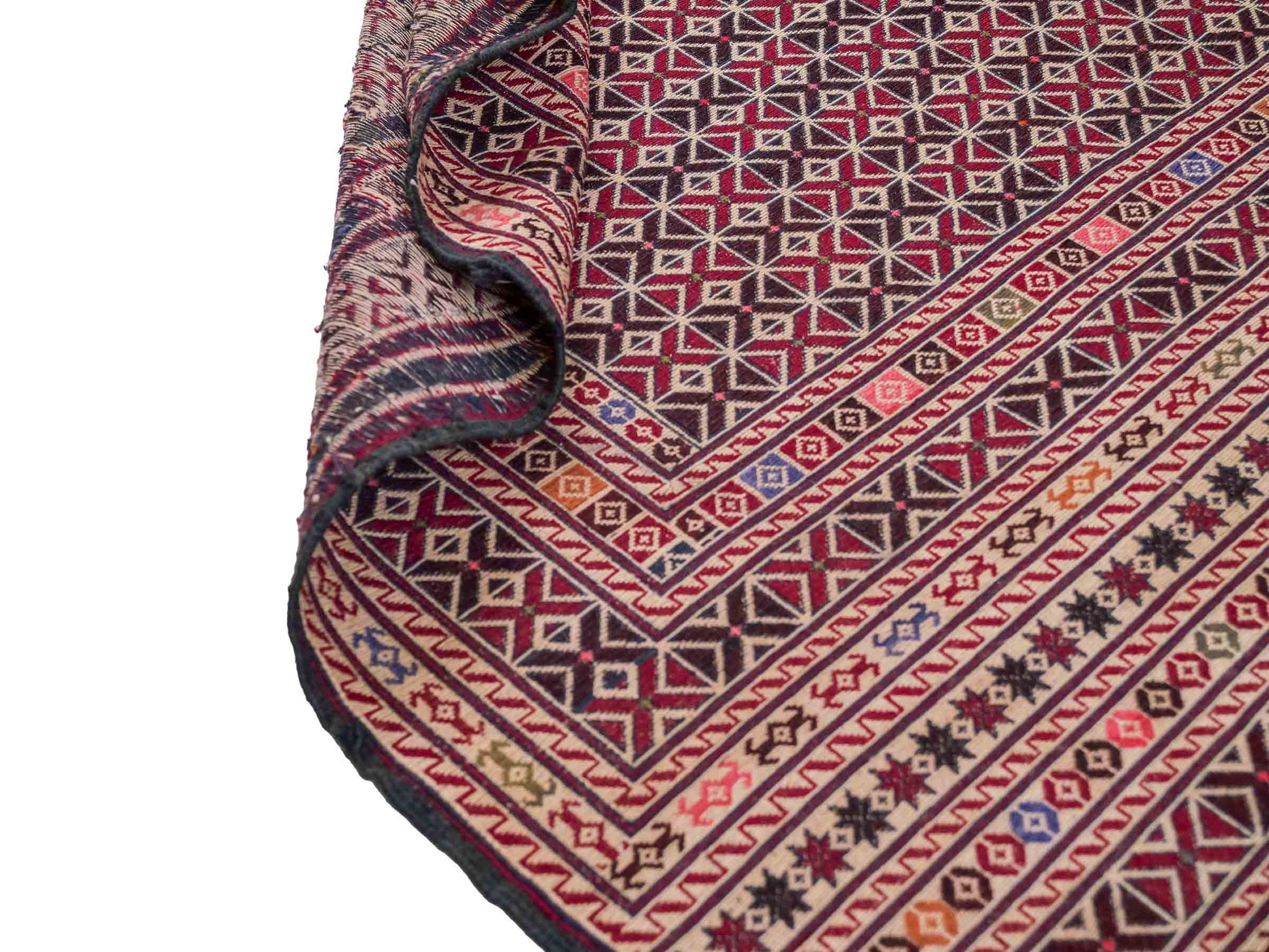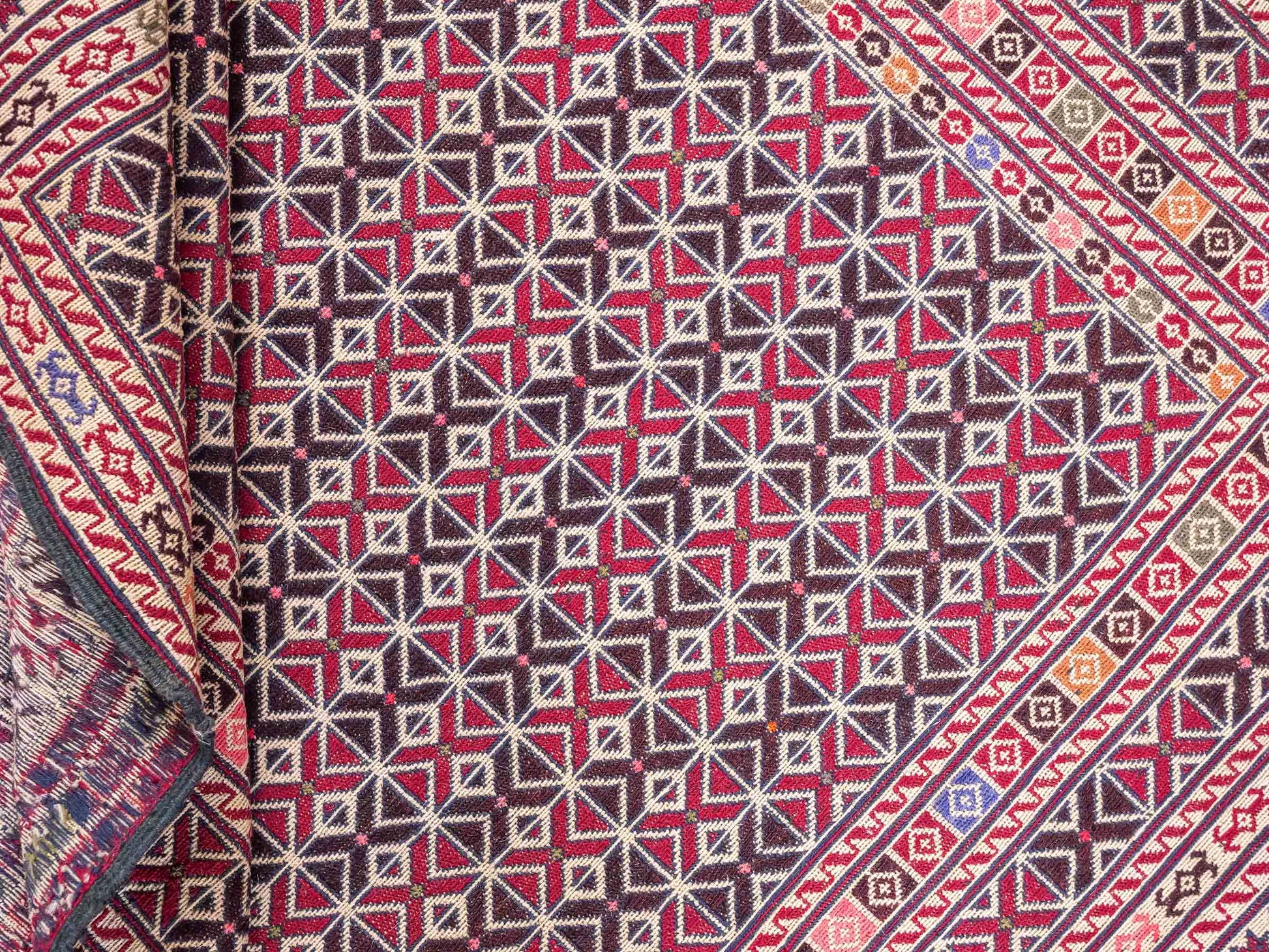Khademi
Kilim Afghan Wool 140x99
Kilim Afghan Wool 140x99
- Fast Shipping: 2 - 4 business days
- Free Standard Shipping and Return for Orders Over €250
- Easy Returns Within 31 Days
Low stock: 1 left
Couldn't load pickup availability

Kilim Afghan Oriental Rug – Handwoven Quality Made in Afghanistan
Kilim Afghan rugs originate from Afghanistan and are renowned for their flat-woven structure and vibrant color compositions. These rugs offer a fresh perspective on traditional rug artistry, bringing a dynamic vibe to any living space.
Origin and Tradition
The Kilim technique boasts a long-standing history and is widespread throughout Afghanistan. These flat-woven rugs were developed to be both practical and visually appealing, embodying the creativity and craftsmanship of local weaving communities.
Design and Materials
The colorful geometric patterns give Kilim Afghan rugs their distinctive look. They are made from high-quality sheep’s wool, celebrated for its durability. Since they are woven rather than knotted, Kilim rugs have a unique texture and energy, making them especially versatile.
Cultural Significance
These rugs are a wonderful way to incorporate vibrant colors and art into your living space. Kilim Afghan rugs are ideal for those who appreciate rustic designs, providing a unique accent that bridges tradition and modern style.
Product Details
| Carpet Number | RB3-1101 |
|---|---|
| Condition | New / In Stock |
| Size | 1.40 m x 0.99 m = 1.39 ㎡ |
| Thickness | Approx. 4 mm, low-pile rug |
| Weight | Approx. 3 kg |
| Material | Pile: Wool, Warp: Wool |
| Manufacturing | Hand-woven |
| Knot Density | Approx. - per ㎡ |
| Design | Kilim Afghan |
| Origin | Afghanistan |
General Product Safety
General Product Safety
Manufacturer/EU Responsible Person
Company Name
KHADEMI Import-Export Ges. mbH
E-Mail
khademi@khademi.de
EU-Based
Yes
Address
Brook 4, 20457 Hamburg, Germany
Product Care Instructions
Product Care Instructions
The longevity and preservation of the beauty of your hand-knotted rugs significantly depend on proper care, cleaning, and storage. To maintain the elegance and integrity of your rug, it is essential to take and regularly implement the appropriate measures. In the following sections, you will find detailed information and specific instructions tailored to the different materials of your rugs.
1.) Rug Care and Cleaning
1.1 Professional Cleaning
Have your rugs professionally cleaned every 1-2 years by a qualified specialist to ensure thorough and material-appropriate cleaning. If there is heavy soiling or unpleasant odors, professional cleaning should definitely be considered.
We strongly advise against attempting any cleaning on your own. Professional cleaning services use specialized techniques, such as steam cleaning, which are gentle on the fibers while effectively removing deeply embedded dirt.
1.2 Regular Vacuuming
Vacuum your rugs at least once a week using a vacuum cleaner that is specifically suited for the type of rug you have. Make sure the vacuum cleaner has a setting to adjust the suction power accordingly for gentle cleaning with low suction, and/or features a special brush attachment to protect delicate fibers, especially for silk rugs, and to prevent dirt and dust from embedding. Pay special attention to vacuuming the corners and edges thoroughly, as dirt often accumulates there.
1.3 Immediate Stain Treatment
Prompt action is essential when removing stains. Immediately blot the stain with a clean, white cloth to remove excess liquid. Use a mixture of water and a mild pH-neutral detergent for treating stains. Never scrub, but gently blot the stain to avoid damaging the fibers. These instructions are only suitable for minor, everyday stains.
For serious stains or deeply embedded dirt, a professional should be consulted to conduct a cleaning that will avoid damage to the rug and achieve the best results.
1.4 Avoiding Direct Sunlight
Protect your rugs from direct sunlight to prevent color fading and damage to the fibers. UV rays can damage the color pigments in the rug material, causing them to lose vibrancy over time. Additionally, excessive sunlight can weaken the fibers, leading to quicker wear and deterioration of the texture.
Use curtains, blinds, or window films to minimize the harmful effects of UV rays, especially in areas exposed to intense sunlight. Please note that while these measures are helpful, they cannot completely prevent UV rays from penetrating and continuing to affect your rugs.
1.5 Humidity and Extreme Temperatures
Protect your rug from high humidity and extreme temperatures, as these can damage the fibers, fade the colors, and increase the risk of mold and odor formation. Avoid placing the rug in damp areas like bathrooms. A stable room climate helps extend the lifespan of your rug and maintain its quality.
1.6 Silk Rugs and Moisture
Silk rugs should never get wet, as water can severely damage their delicate fibers and colors. Moisture can lead to deformation, color loss, and fiber weakening. If the rug accidentally comes into contact with liquid, immediately blot the area with a clean, absorbent cloth and avoid vigorous rubbing. The rug should be air-dried as quickly as possible, without direct sunlight or heat sources, to prevent further damage. In severe cases, professional help is strongly recommended.
1.7 Wool Rugs and Moisture
Although wool rugs are more robust against moisture than silk rugs, they should still not be soaked to avoid deformation and fiber damage. If exposed to liquids, gently blot with an absorbent cloth and let the rug air dry, avoiding direct sunlight or heat. Be mindful of mold formation and ensure good ventilation.
1.8 Trimming Loose Threads
Occasionally, loose threads may appear and can be neatly trimmed with sharp scissors. Avoid pulling on the threads as this could compromise the rug's structure.
1.9 Avoid Heavy Furniture
Do not place heavy furniture directly on the rug, as this can cause pressure marks or distortions. Use rug pads or felt gliders to distribute the weight evenly and protect the fibers.
1.10 Shedding
High-quality wool rugs often experience light shedding initially, which is a sign of authenticity and quality. This process decreases over time. Regular, gentle vacuuming helps remove loose fibers and maintain the appearance of the rug.
1.11 Creases after Delivery
Rugs may show creases after delivery. This is normal and should not be a cause for concern. These marks generally disappear on their own within about two weeks once the rug lies flat and the fibers settle.
2.) Rug Storage
2.1 Rolling
Always store rugs rolled rather than folded to avoid the formation of creases or cracks. Use a protective cloth or fabric to wrap the rug, and secure it with a soft, breathable material.
2.2 Cool and Dry
Store your rugs in a cool, dry place, away from UV radiation, direct heat sources, and high humidity. An ideal storage location would be a climate-controlled room that is protected from moisture and mold.
2.3 Breathable Packaging
Use cotton covers for storage to ensure that the rug can breathe. Avoid plastic packaging, as it can trap moisture and lead to mold growth.
2.4 Material-Specific Storage Instructions
Silk: Store silk rugs in a well-ventilated area to prevent moisture buildup, mold, and odors. Keep the rugs away from direct heat sources. The ideal storage temperature is between 15 and 20 degrees Celsius. Avoid extreme temperatures that can damage the delicate fibers. Protect the rugs from insects and moths by using specialized moth repellents or lavender sachets.
Wool with Silk: These rugs require particularly careful storage, as the combination of wool and silk makes both materials sensitive. Store them in a cool, dry place away from direct sunlight. A constant temperature of about 18 degrees Celsius is ideal. Use breathable cotton dust covers to protect the rug while ensuring ventilation. Regular inspections help to detect mold and pests early.
Wool: Wool rugs are more robust but still require attention. Store these rugs in a cool, dry room to preserve their shape and color intensity. The relative humidity should be around 40-50%. Avoid direct sunlight, as UV radiation can cause colors to fade. Use cedarwood or lavender fragrances as natural pest repellents. Check the rugs regularly for pests.
Artificial Silk/Viscose: These materials should not be stored in damp environments, as they are prone to discoloration. Store artificial silk or viscose rugs in a dry, well-ventilated room, and avoid extreme temperature fluctuations. Avoid storing them in basements or attics where humidity can vary. Roll the rug instead of folding it to prevent creases and cracks. Use a cotton cover to protect the rug from dust.
Warranty and Guarantee
Warranty and Guarantee
We are proud to offer you high-quality handmade carpets and strive to exceed your expectations. Your satisfaction is our top priority, and that is why we provide you with the following advantages:
1.) Authenticity Guarantee: Trust in our traditional craftsmanship!
Our handmade carpets impress with their unique craftsmanship and are delivered with a certificate of authenticity that documents the origin and excellent quality of each piece. You are not just buying a carpet – you are investing in a work of art!
2.) Hand-Picked Selection: You deserve the highest standards!
As the European general distributor for KHADEMI, a company that has stood for unparalleled quality since 1994, we guarantee you first-class products. Every carpet in our collection is carefully hand-picked and undergoes stringent quality controls so that you receive only the best.
3.) Best Price Guarantee: The best prices for the best products!
If you find a comparable product at a lower price within 31 days of receiving your order, we will gladly adjust the price. So you can buy with confidence – premium quality at a fair price is guaranteed with us!
4.) Satisfaction Guarantee through an Extended Return Policy!
Your satisfaction is our highest priority. Therefore, you can return your order for free within 31 days if you are not completely delighted. We want you to be completely satisfied with your purchase!
5.) Legal Warranty
We would like to inform you about your legal warranty rights:
- New Goods: You have a two-year limitation period for warranty claims as a consumer and one year as a business customer.
- Used Goods: As a consumer, there is a limitation period of one year from the delivery of the goods. Warranty rights are excluded for business customers.
It is the buyer's responsibility to inspect the received goods immediately upon receipt and to report any defects promptly. To ensure you enjoy your carpet for a long time, we recommend that you read our Care Instructions carefully.
Please note that the exact terms and conditions regarding warranty rights can be found in our General Terms and Conditions (GTC). We recommend that you read these carefully to obtain all important information.
Your satisfaction and trust are important to us! If you have any questions or concerns, please do not hesitate to contact us – we are here to help you!
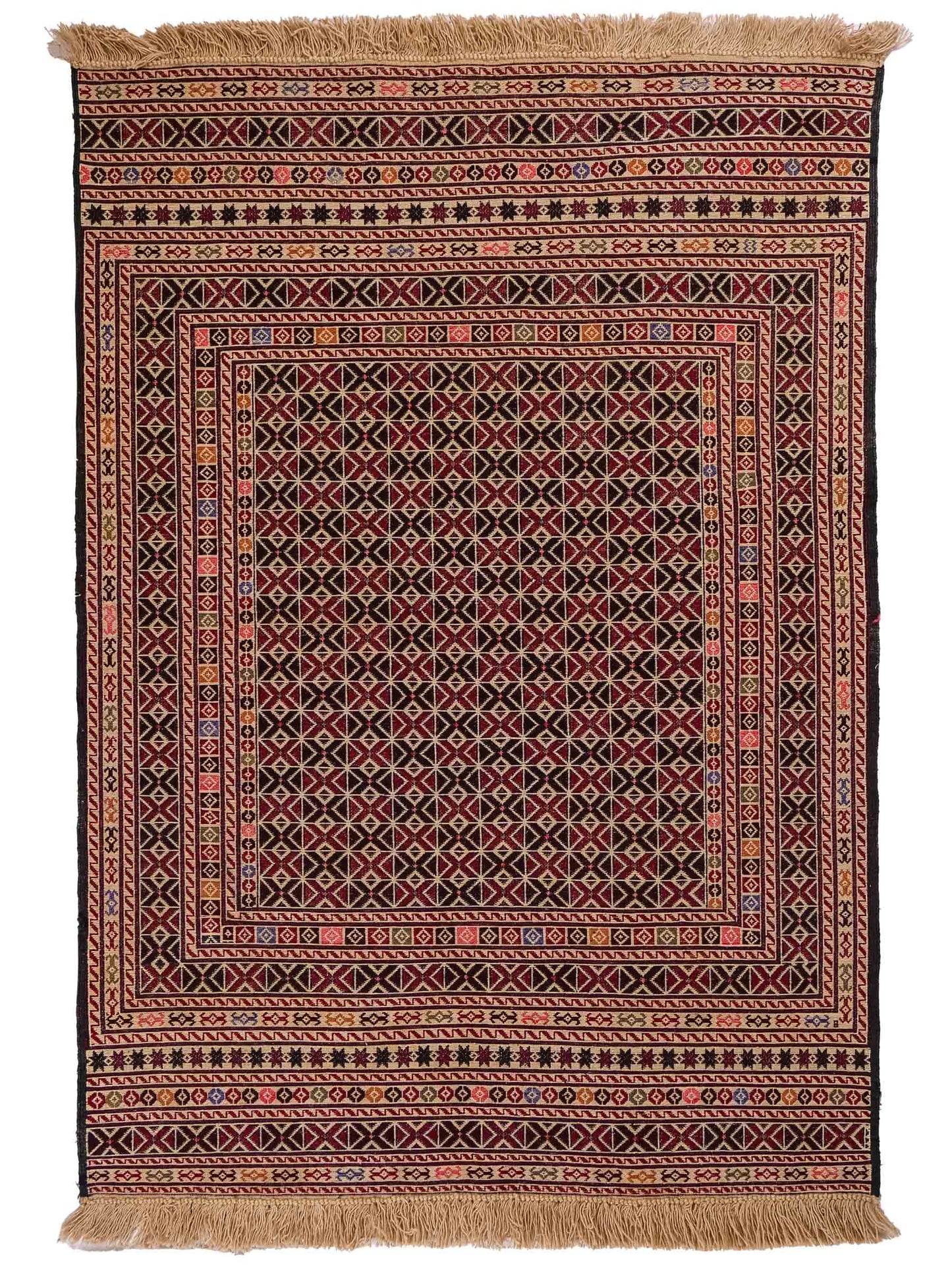
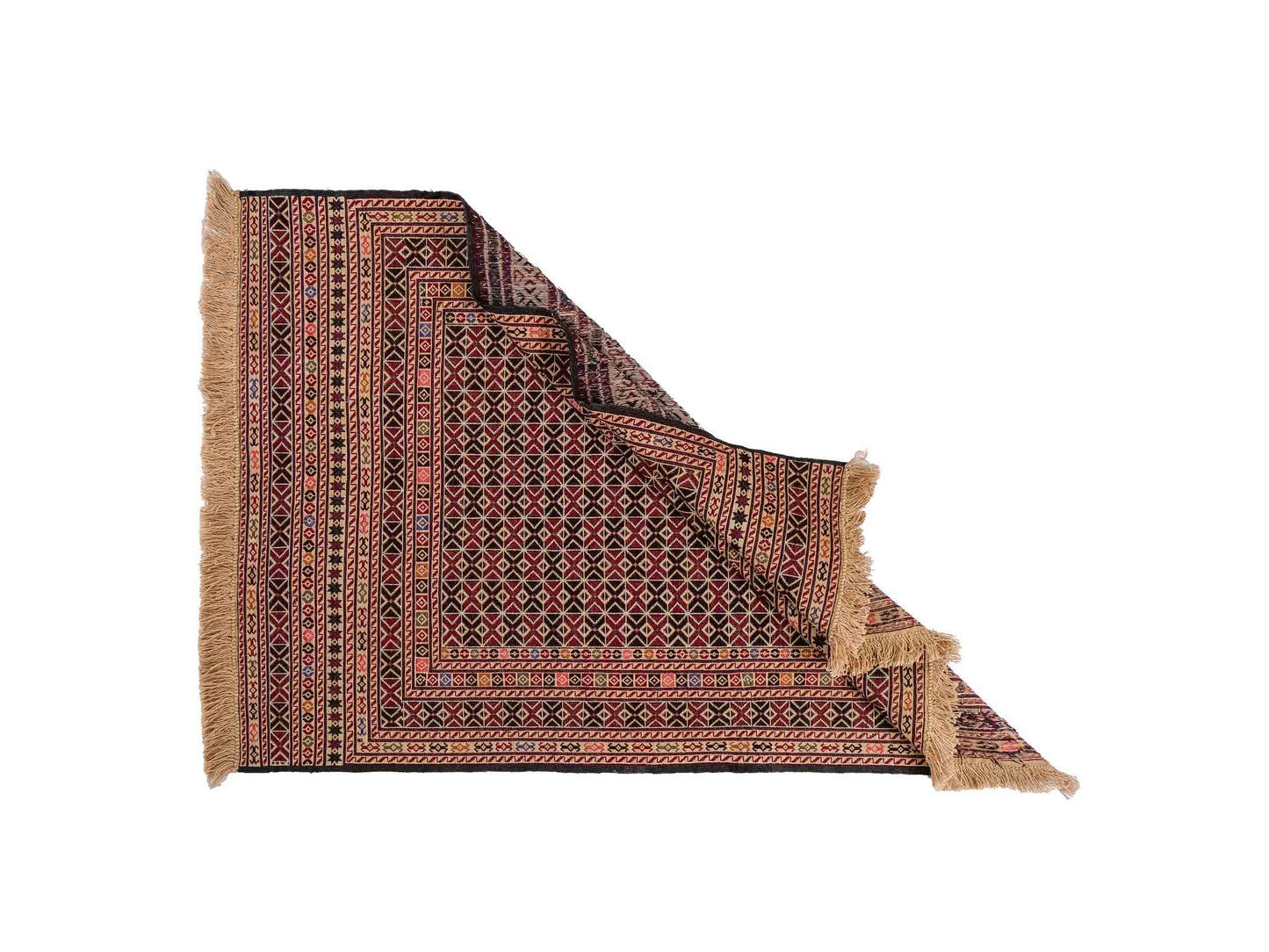
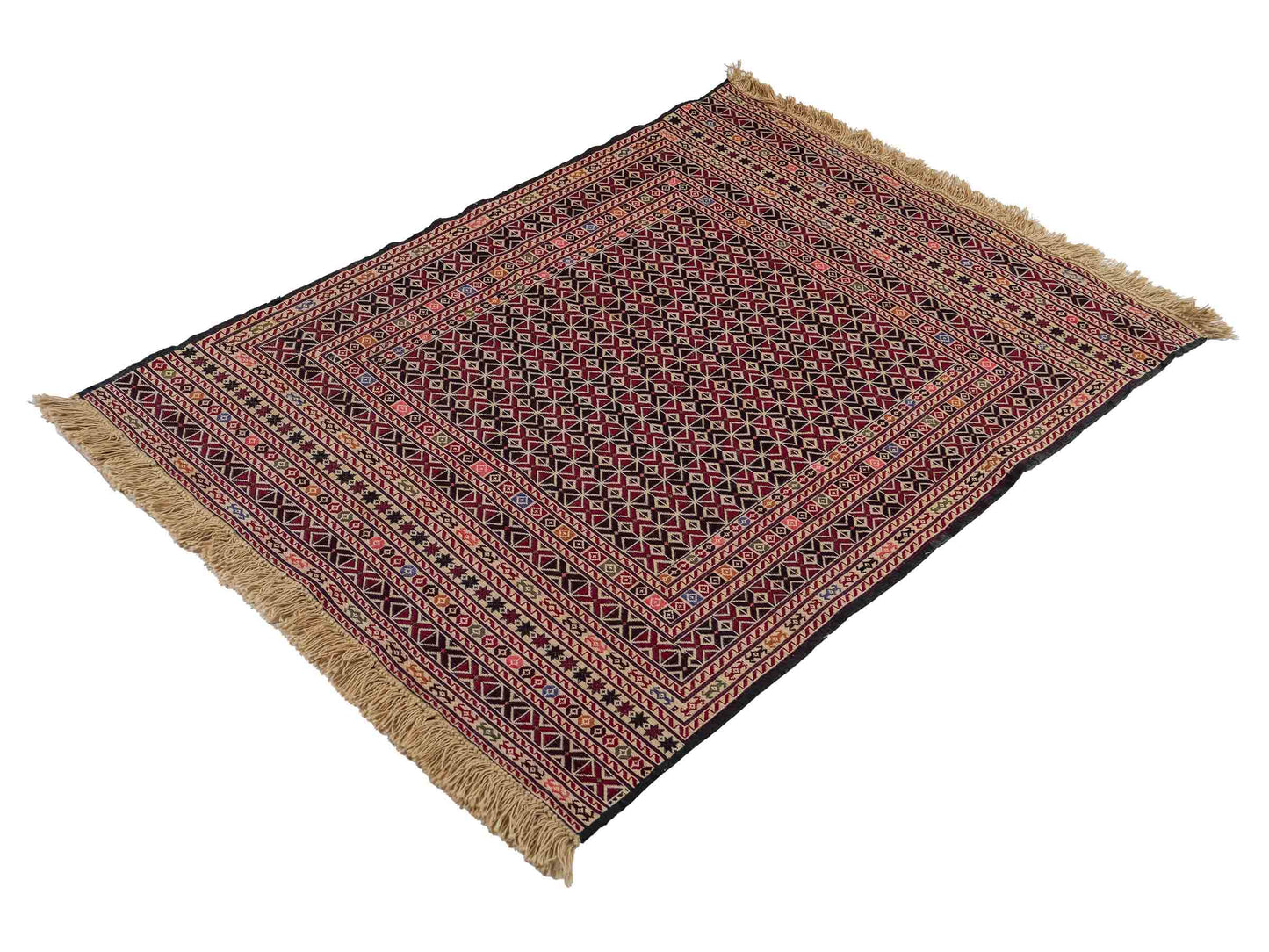
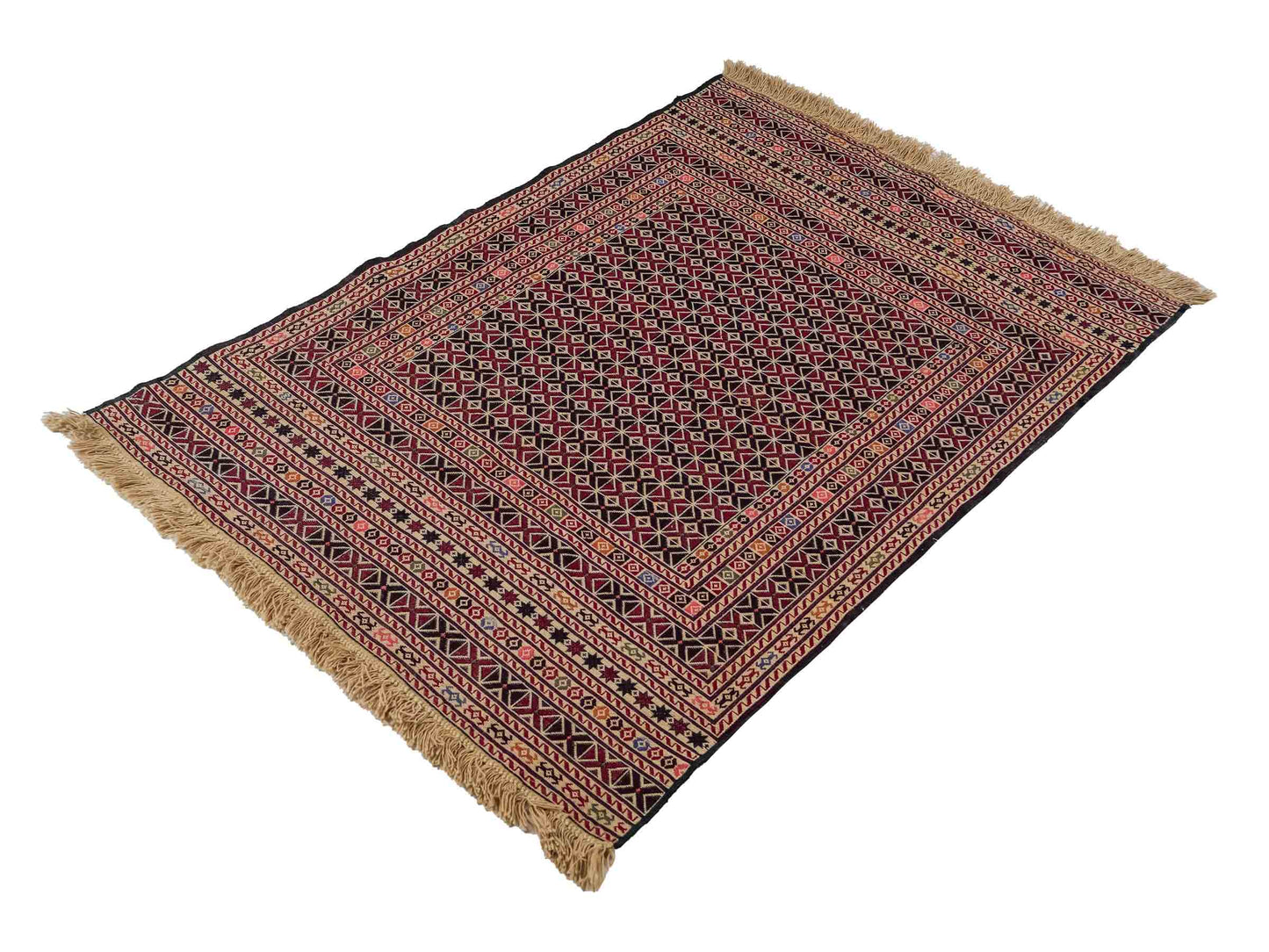
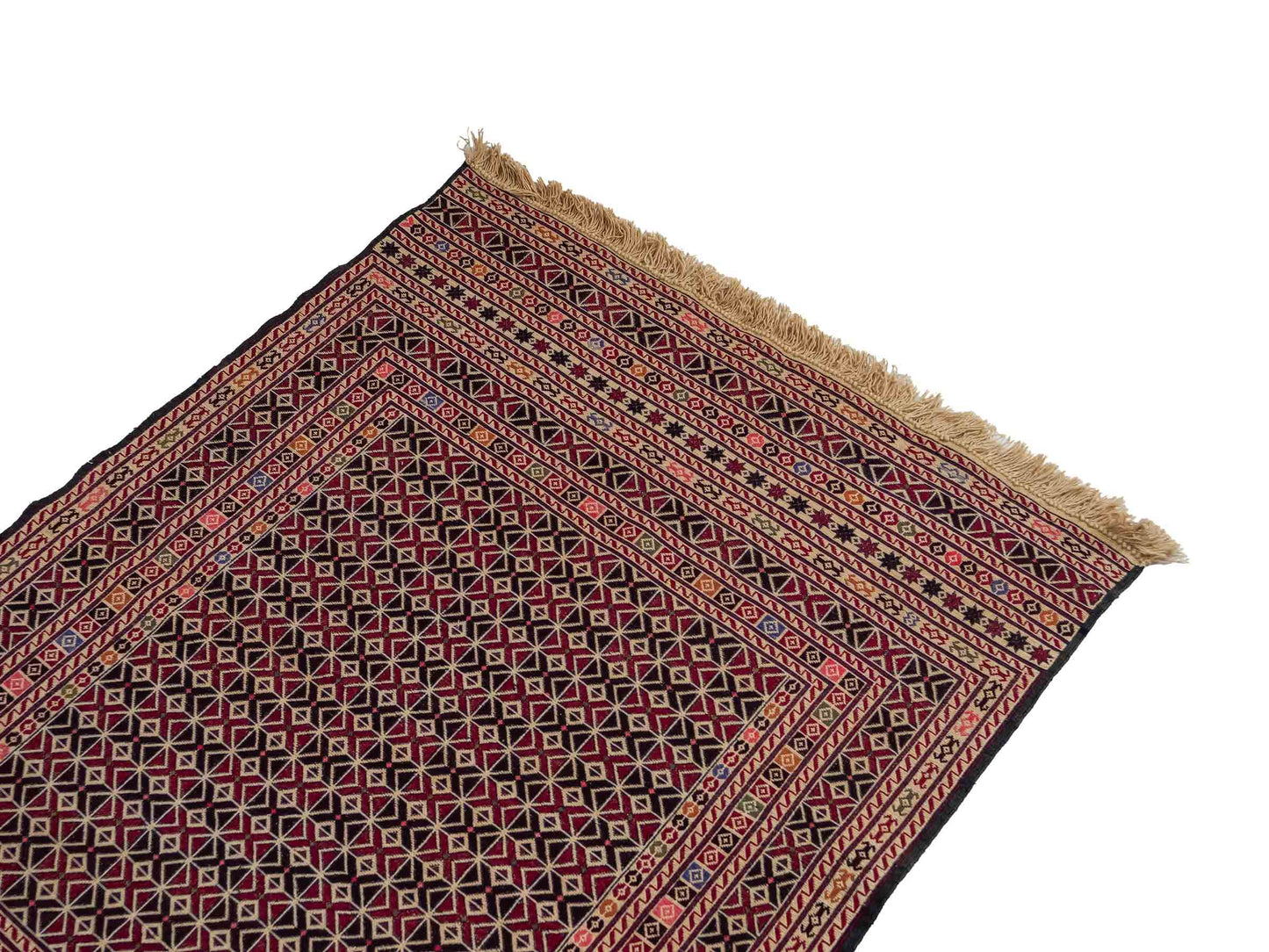
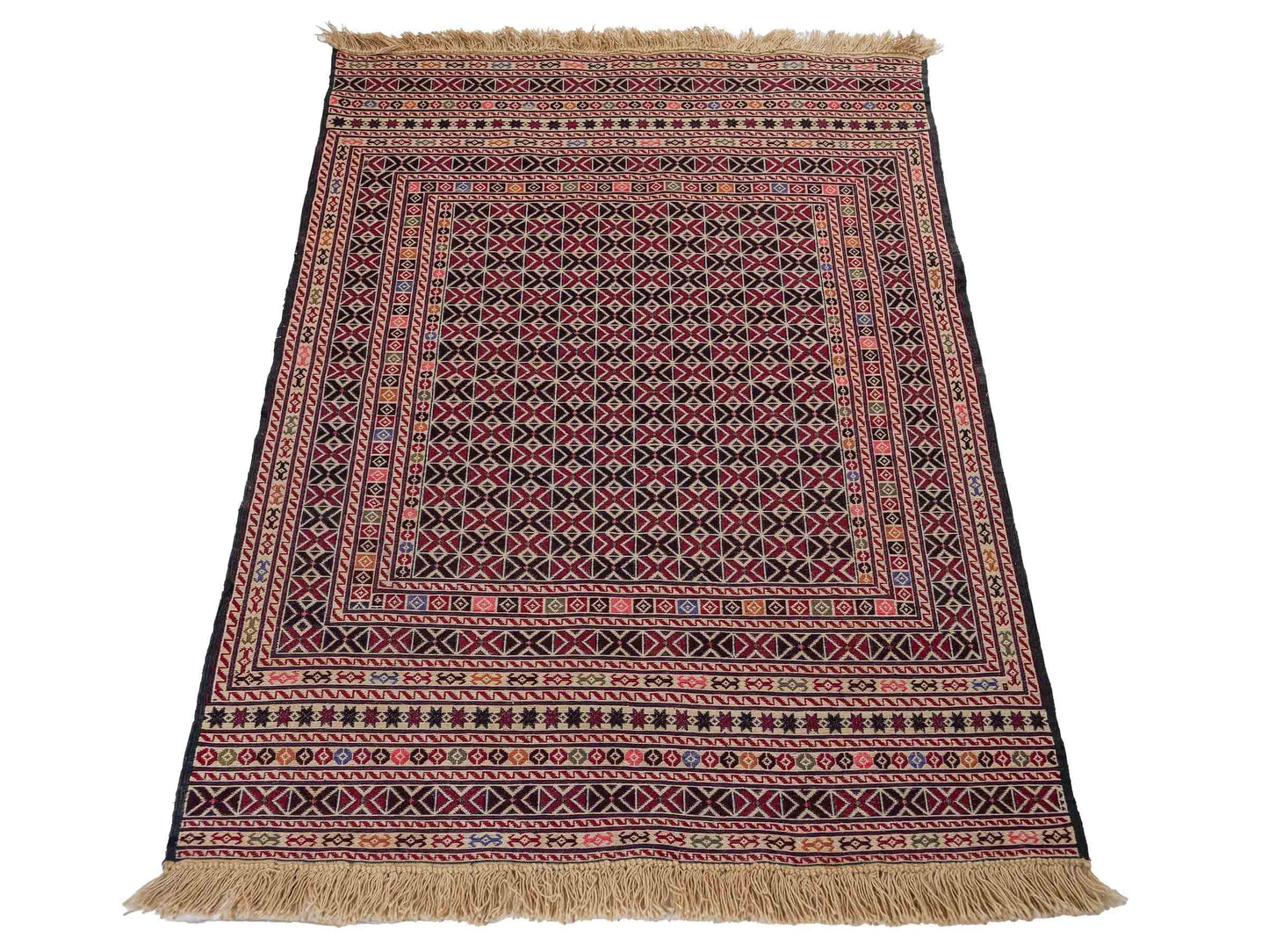
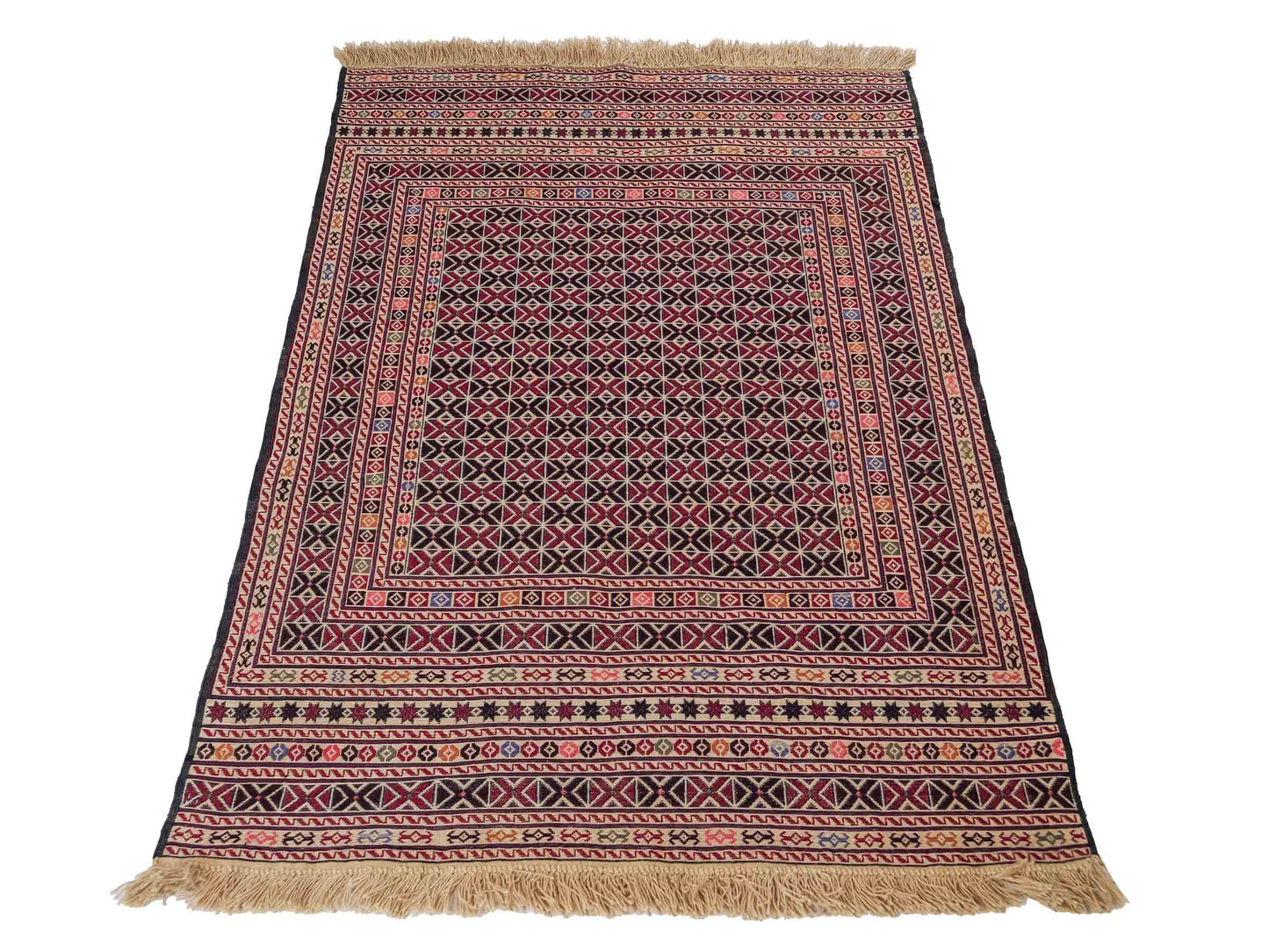
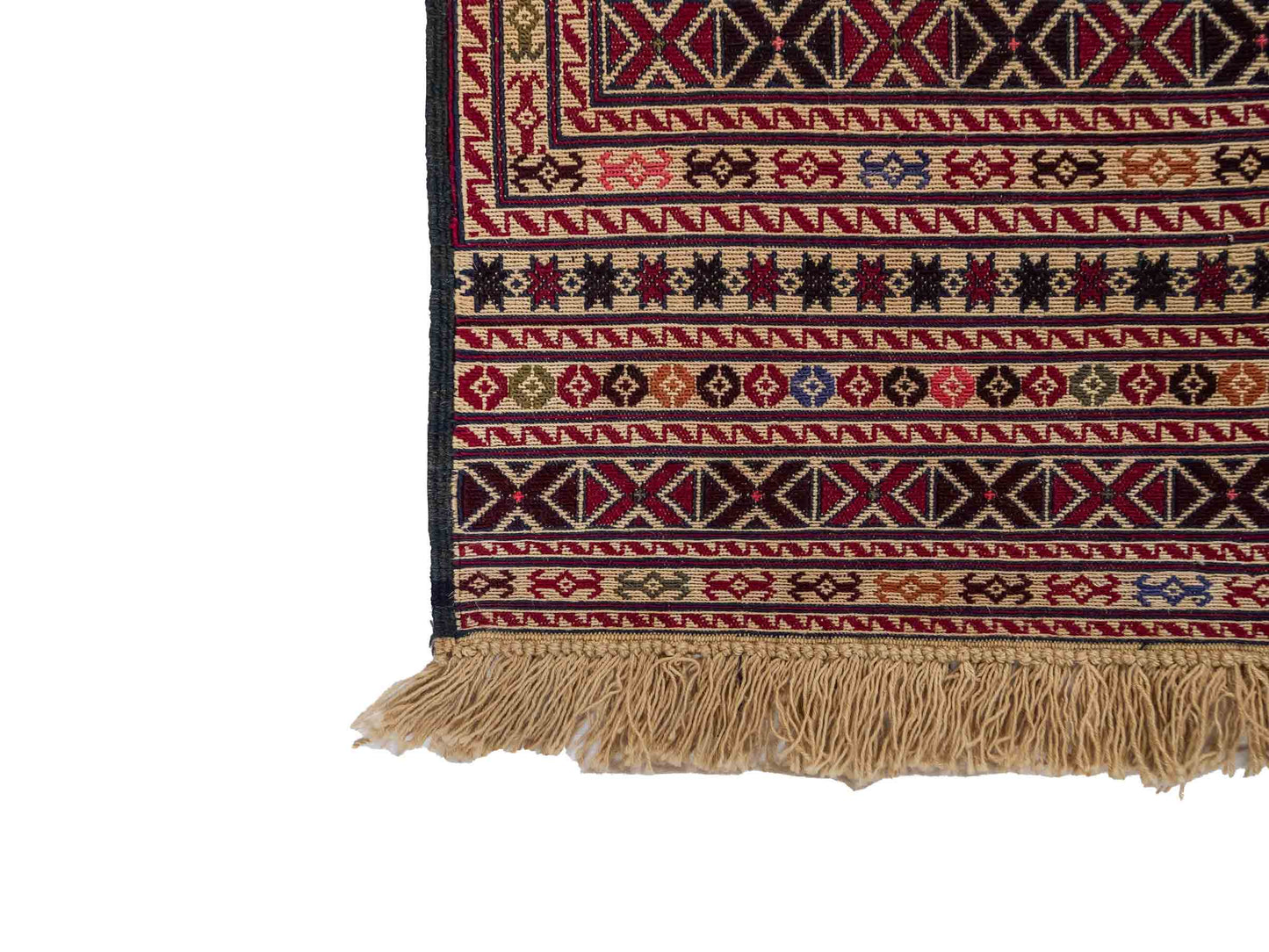
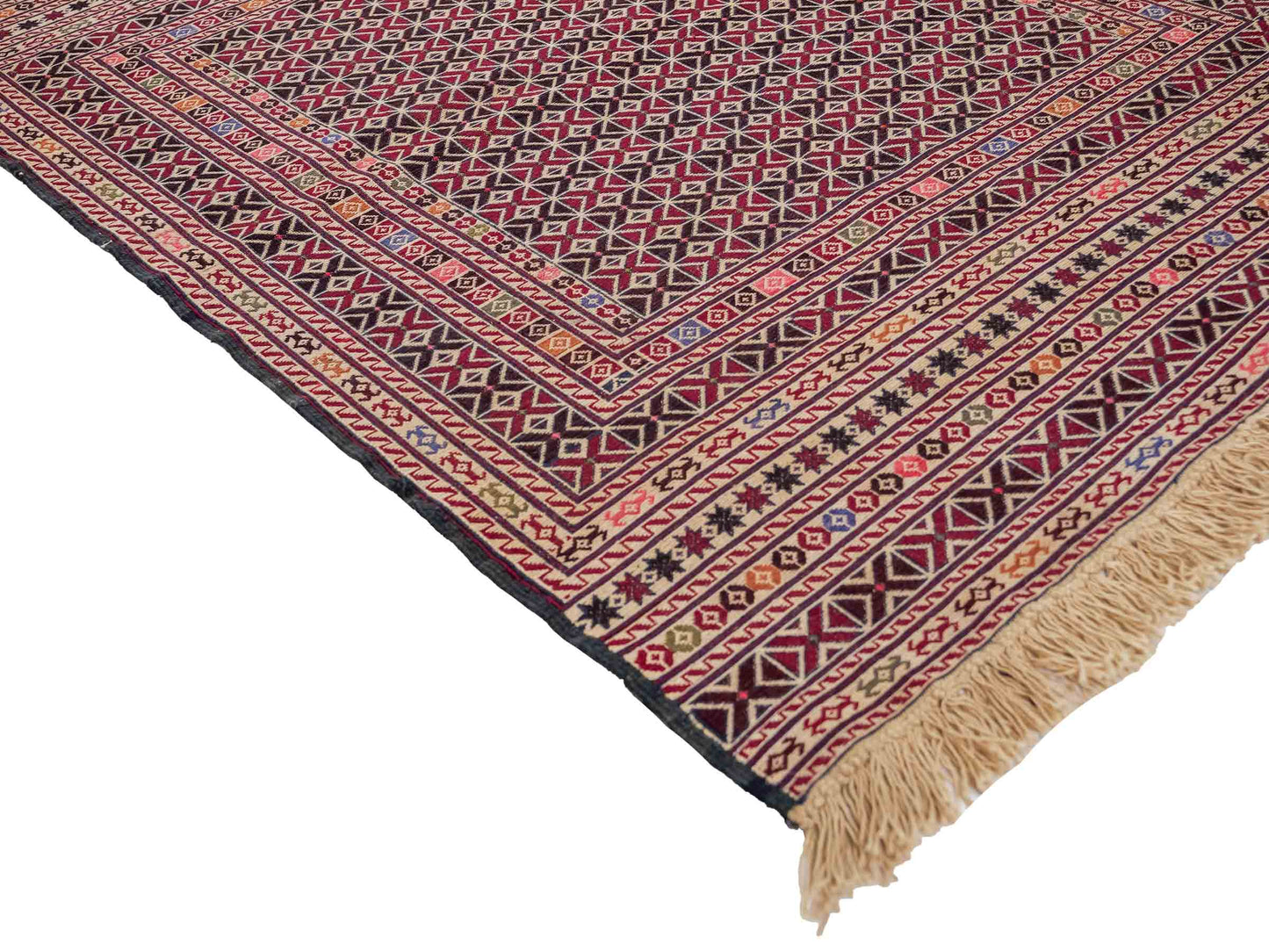
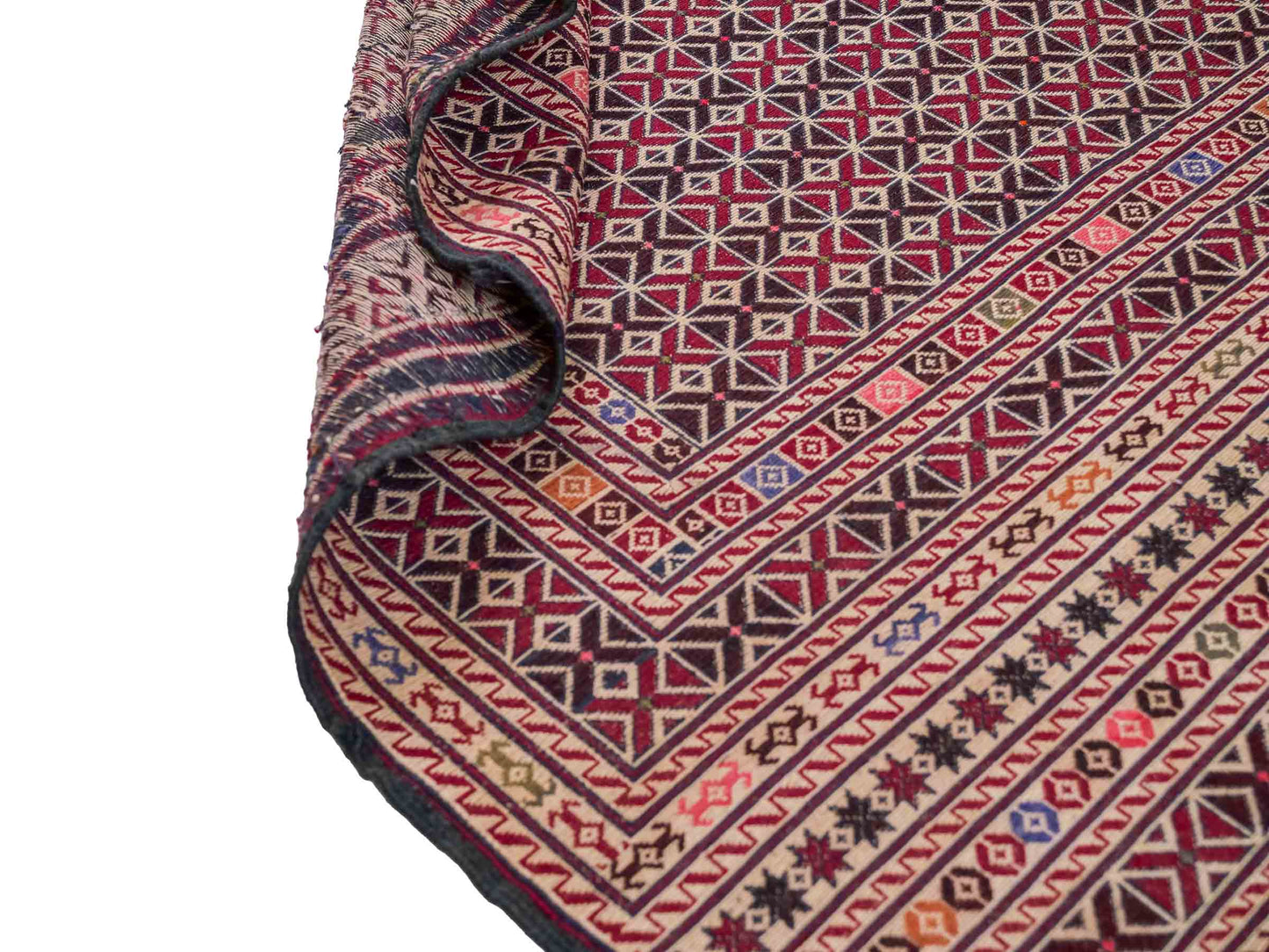
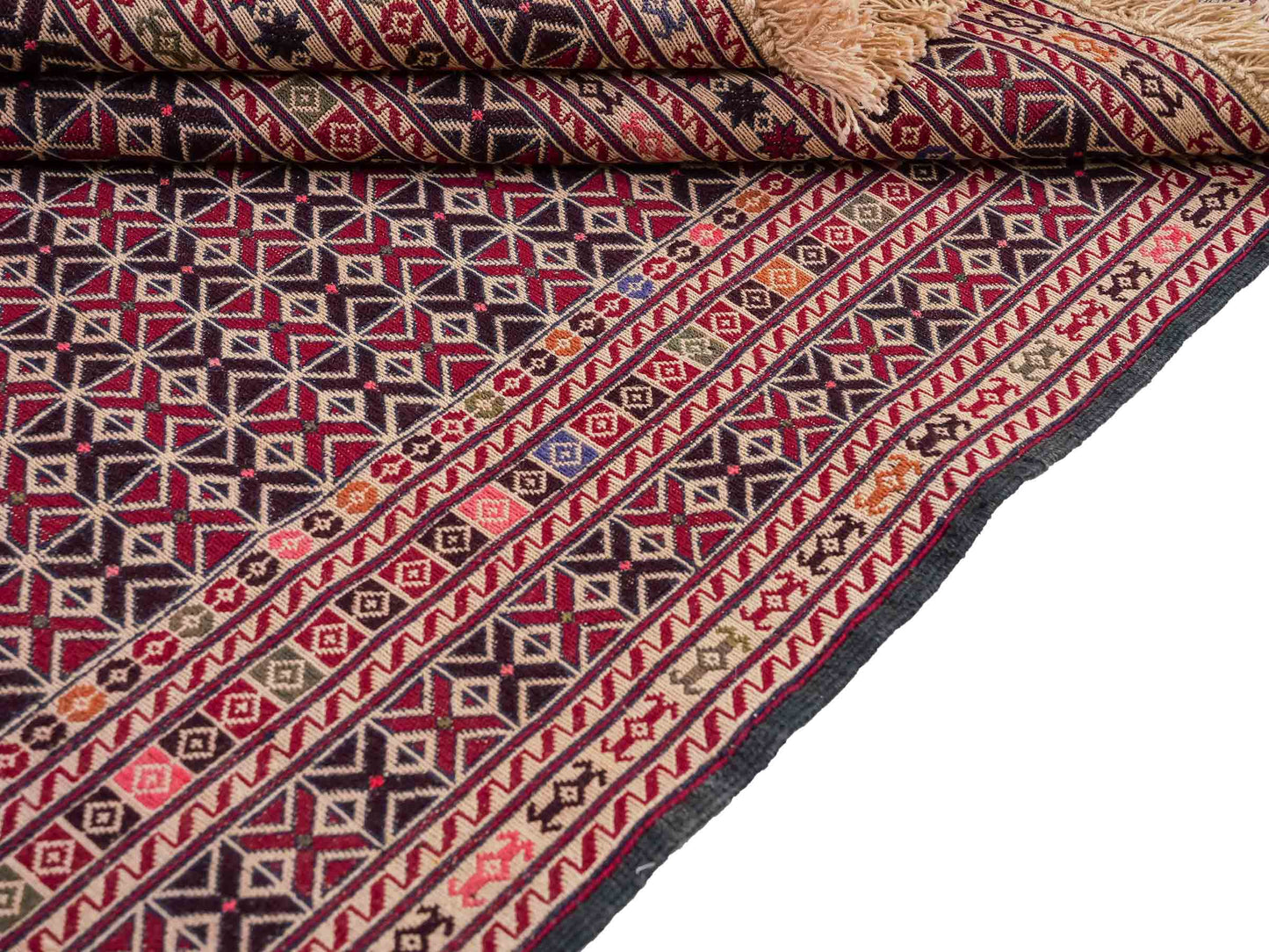
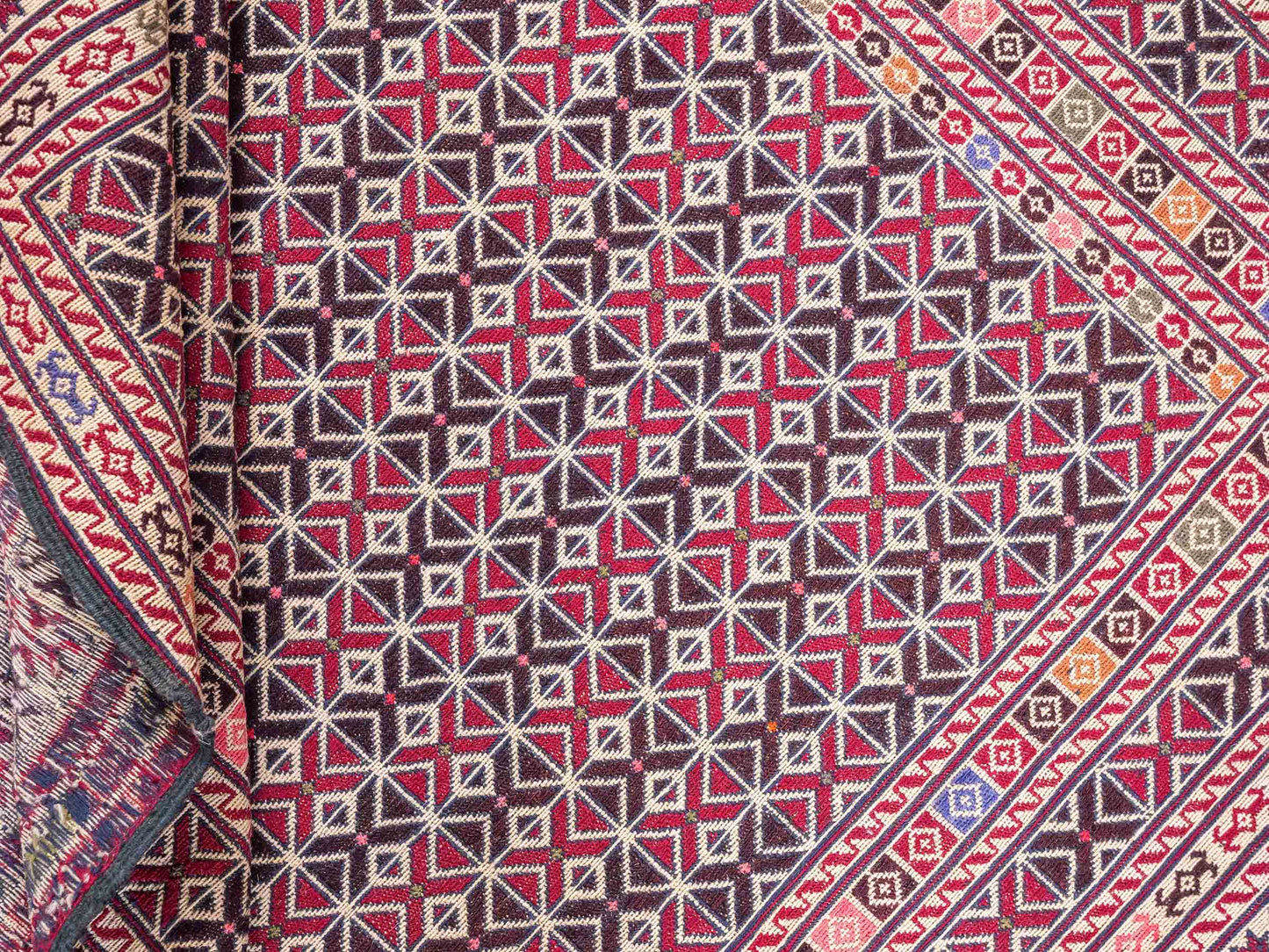
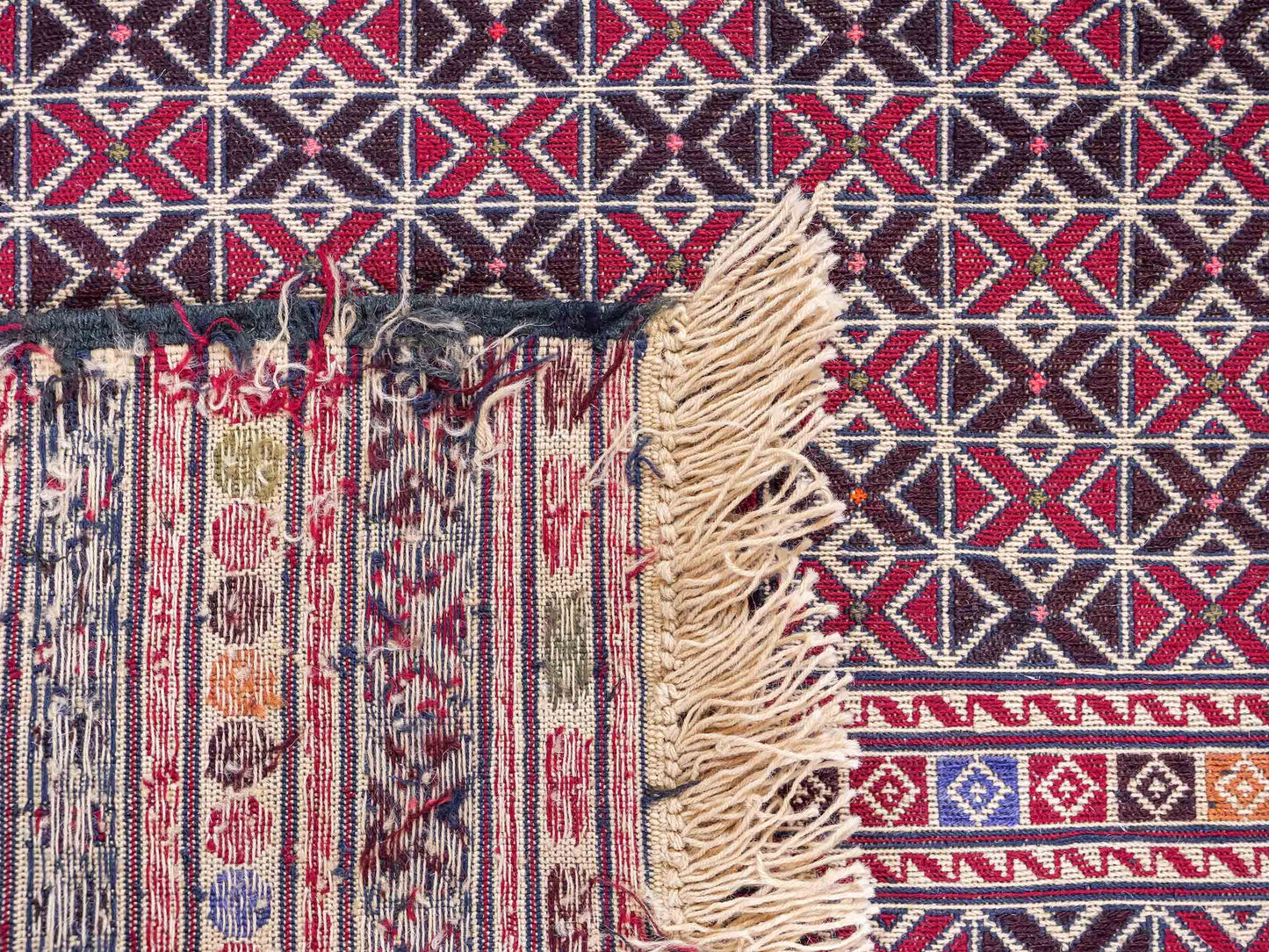
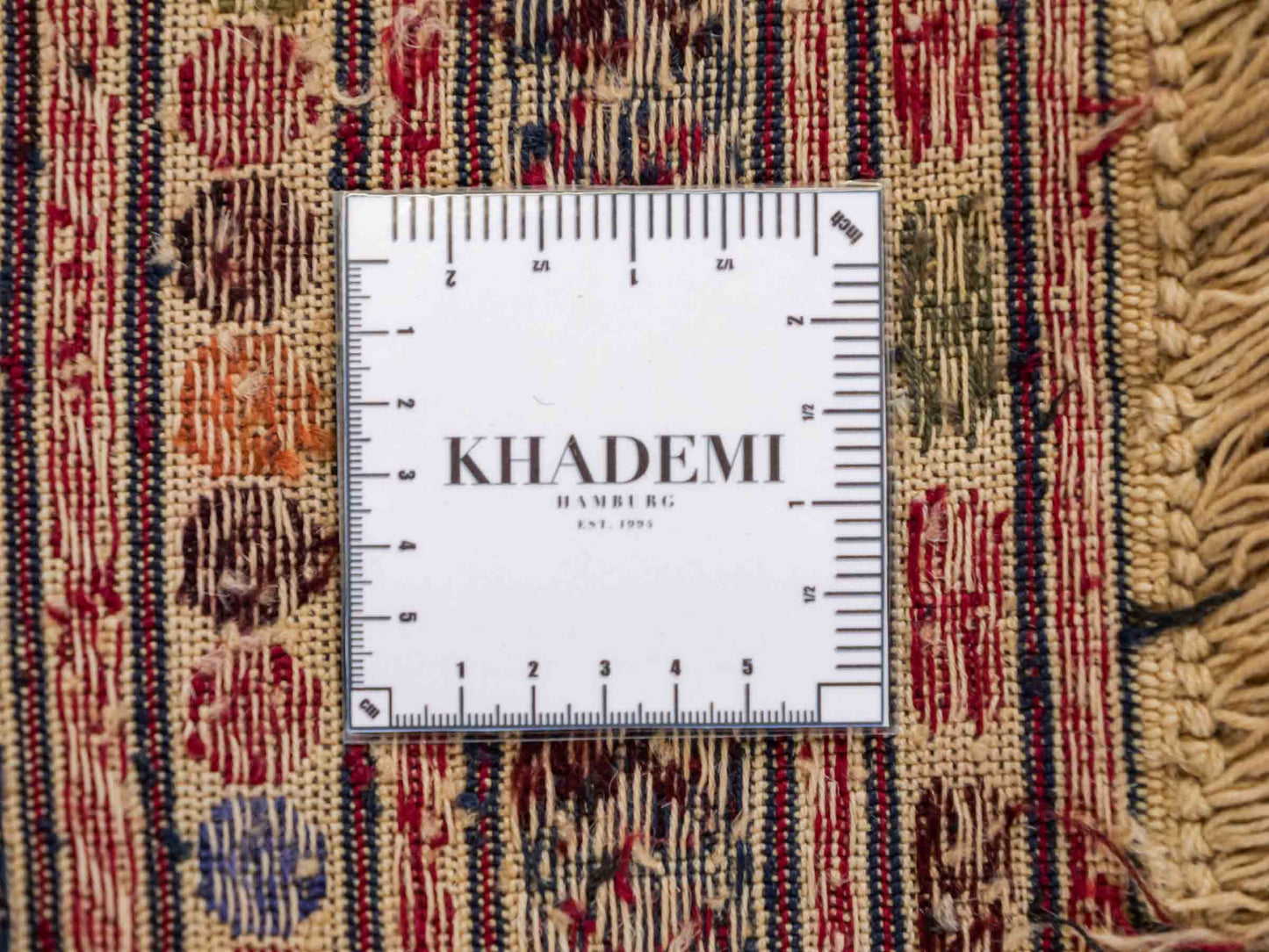
-
About Khademi
View ProductsSince 1994, the company founded in Hamburg has been known for perfectly crafted, exquisitely fine oriental rugs made from the finest materials with the highest artistic standards. In addition to production facilities in Iran, such as in Qom, Isfahan, and Tabriz, Khademi has selected exclusive producers in India, China, Afghanistan, Pakistan, and Turkey, who implement the company's visions while ...
-
Design Classic: Kilim
Find Out More HereKilims have their origins in the nomadic cultures of Central Asia, Anatolia, and the Middle East. For centuries, they have been an essential part of the daily life of these peoples, initially as practical objects and later as prestigious adornments. Kilims are produced from Morocco, through Turkey, to Iran, the Caucasus, Afghanistan, Pakistan and India. Historically, their manufacturing spread to many parts of ...
-
Carpets from Afghanistan
Find Out More HereThe tradition of rug weaving in Afghanistan has a long history that dates back to ancient times. Afghan rugs are deeply rooted in the culture and ways of life of the country's various ethnic groups, including the Pashtuns, Tajiks, Hazaras, and Uzbeks. These groups have developed their own rug traditions associated with specific patterns, colors, and techniques. ...
QUESTIONS ABOUT THIS CARPET?
CARPET GUIDE
View all-
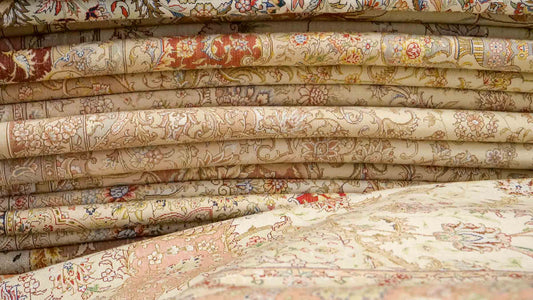
How to Identify Hand-Knotted Rugs
Daniel KhademiIn this article, you will receive valuable tips on how to distinguish hand-knotted rugs from machine-made rugs. Discover what is important and find your dream rug!
How to Identify Hand-Knotted Rugs
Daniel KhademiIn this article, you will receive valuable tips on how to distinguish hand-knotted rugs from machine-made rugs. Discover what is important and find your dream rug!
-
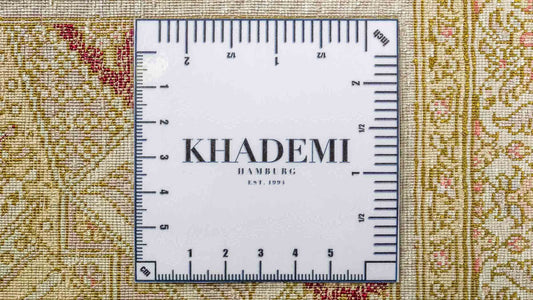
How to Calculate the Knot Density of a Rug
Daniel KhademiKnot density is crucial for the quality of a rug. We will show you how to easily calculate it and provide you with an overview of the fineness classes.
How to Calculate the Knot Density of a Rug
Daniel KhademiKnot density is crucial for the quality of a rug. We will show you how to easily calculate it and provide you with an overview of the fineness classes.
-

How Sustainable Are Hand-Knotted Rugs?
Daniel KhademiThe article addresses the topic of sustainability, including natural materials, fair production, and durability, while highlighting the benefits for the environment ...
How Sustainable Are Hand-Knotted Rugs?
Daniel KhademiThe article addresses the topic of sustainability, including natural materials, fair production, and durability, while highlighting the benefits for the environment ...
-
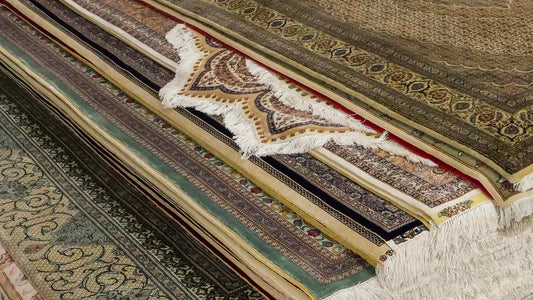
What to Consider When Choosing Rug Size
Daniel KhademiRug size has a significant impact on the overall design of your space. In this article, you’ll find everything you need to know to choose the ideal rug size for...
What to Consider When Choosing Rug Size
Daniel KhademiRug size has a significant impact on the overall design of your space. In this article, you’ll find everything you need to know to choose the ideal rug size for...

